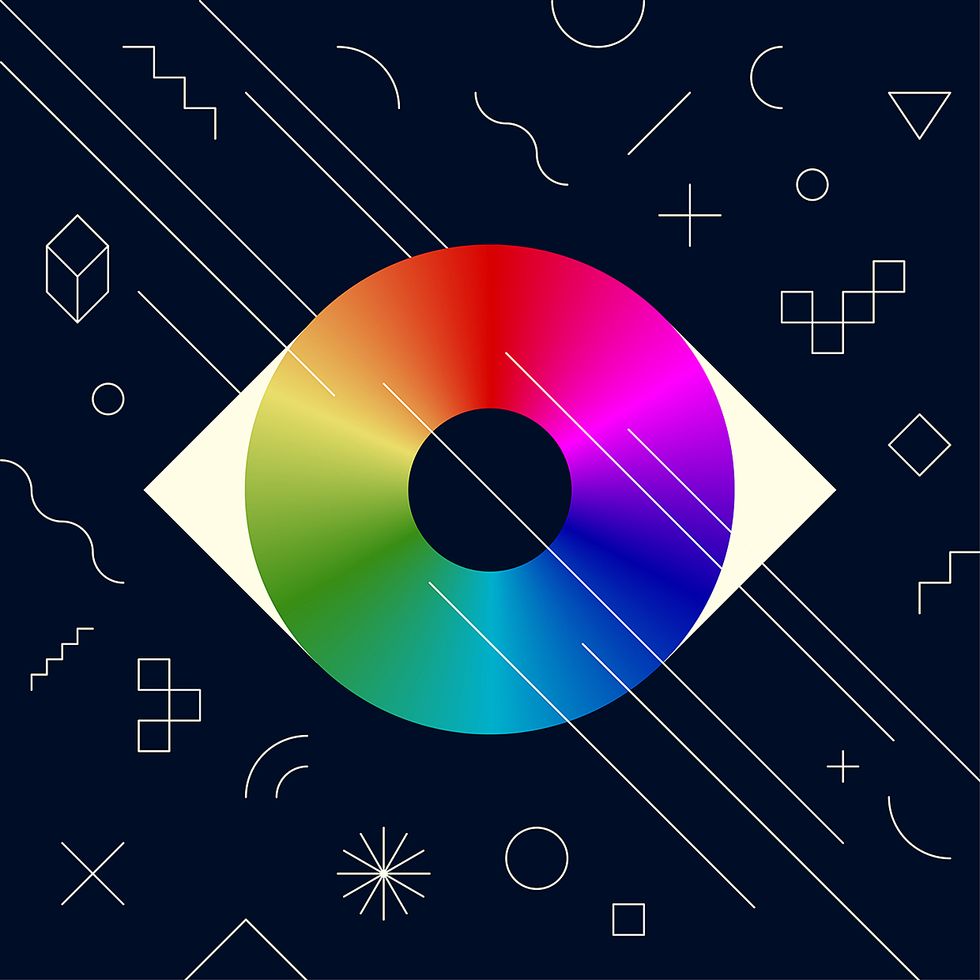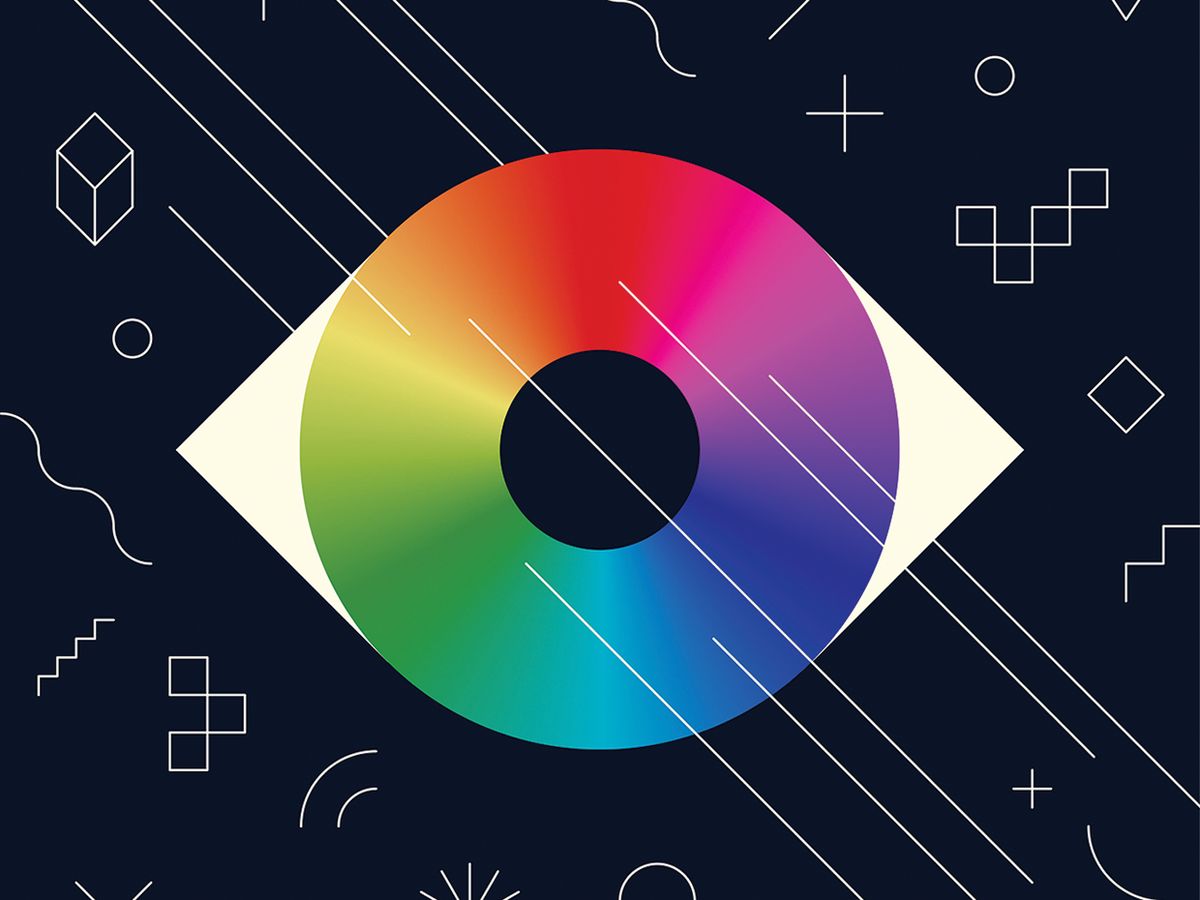
You can roughly track the advance of civilization by the state of its lighting—above all, its power, cost, and luminous efficacy. That last element refers to the ability of a light source to produce a meaningful response in the eye, and it is the total luminous flux (in lumens) divided by the rated power (in watts).
The luminous efficacy of direct sunlight rises with the solar altitude, going from 70 to 105 lumens per watt, and for diffuse skylight it ranges from 110 to 130 lm/W, for an overall global mean rate of around 105 lm/W. Under photopic conditions (that is, under bright light, when the retina’s rods are saturated and only the color-sensitive cones discriminate among wavelengths) the luminous efficacy of visible light peaks at 683 lm/W at a wavelength of 555 nanometers. That’s in the green part of the spectrum—the color that seems, at any given level of power, to be the brightest.
For millennia, our sources of artificial light lagged three orders of magnitude behind this theoretical peak. Candles had a luminous efficacy of just 0.2 to 0.3 lm/W, coal gas lights did five or six times as well, and the carbon filaments of Edison’s early bulbs hardly did better than that. By 1898 Carl Auer von Welsbach introduced the first metal filament, and his osmium lights had an efficacy of 5.5 lm/W. After 1901 the lumen/watt ratio for tantalum filaments reached 7, and a decade or so later tungsten radiating in a vacuum got up to 10. Putting a tungsten filament in a mixture of nitrogen and argon raised the efficacy of common household lamps to 12 lm/W. The use of coiled tungsten, beginning in 1934, helped to bring incandescent efficacies to more than 15 lm/W for 100-W lamps.
Lights based on different principles—low-pressure sodium lamps and low-pressure mercury vapor lamps (fluorescent lights)—were introduced during the 1930s, but they came to widespread use only in the 1950s. Today’s best fluorescent lights with electronic ballast can produce about 100 lm/W; high-pressure sodium lamps put out up to 150 lm/W, and low-pressure sodium lamps can reach 200 lm/W. However, the low-pressure lamps produce only monochromatic yellow light at 589 nm, which is why they aren’t used in homes but rather for street illumination.
Our best hope now rests on light-emitting diodes (LEDs). The first ones were invented in 1962 and provided only red light; a decade later came green and, during the 1990s, high-intensity blue. By coating such blue LEDs with fluorescent phosphors, engineers were able to convert some of the blue light into warmer colors and thus produce white light suitable for indoor illumination. The theoretical limit for bright white LEDs is about 300 lm/W [PDF], but commercially available lamps are still a long way from achieving that rate. Philips sells LEDs in the United States—which has a 120-volt standard—that offer a luminous efficacy of 89 lm/W, for 18-W soft white and dimmable bulbs (replacing 100-W incandescent lights). In Europe, where the voltage ranges from 220 to 240 V, the company sells a 172 lm/W LED tube [PDF] (replacing the 1.5-meter-long European fluorescent tubes).
High-efficacy LEDs are already delivering significant electricity savings worldwide—and it also helps that they can provide light for 3 hours a day for about 20 years. But, much like all other sources of artificial light, they still cannot match natural light’s spectrum. Incandescent lights gave out too little blue light, and fluorescent lights had hardly any red; LEDs have too little intensity in the red part of the spectrum and too much in the blue part. They don’t quite please the eye.
So, although light efficacies have improved by two orders of magnitude since 1880, replicating sunlight indoors still remains beyond our reach.
This article appears in the April 2019 print issue as “Luminous Efficacy.”
